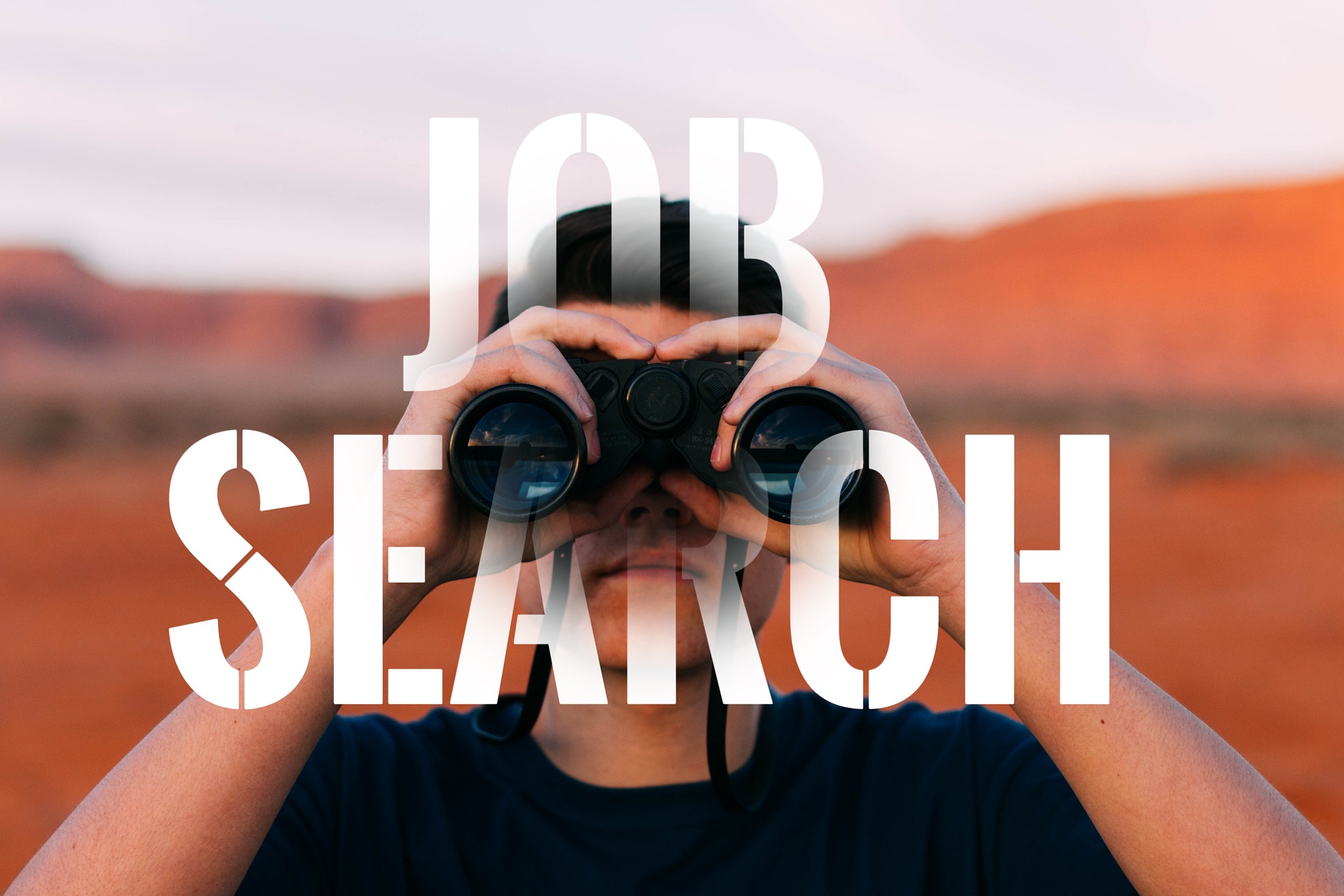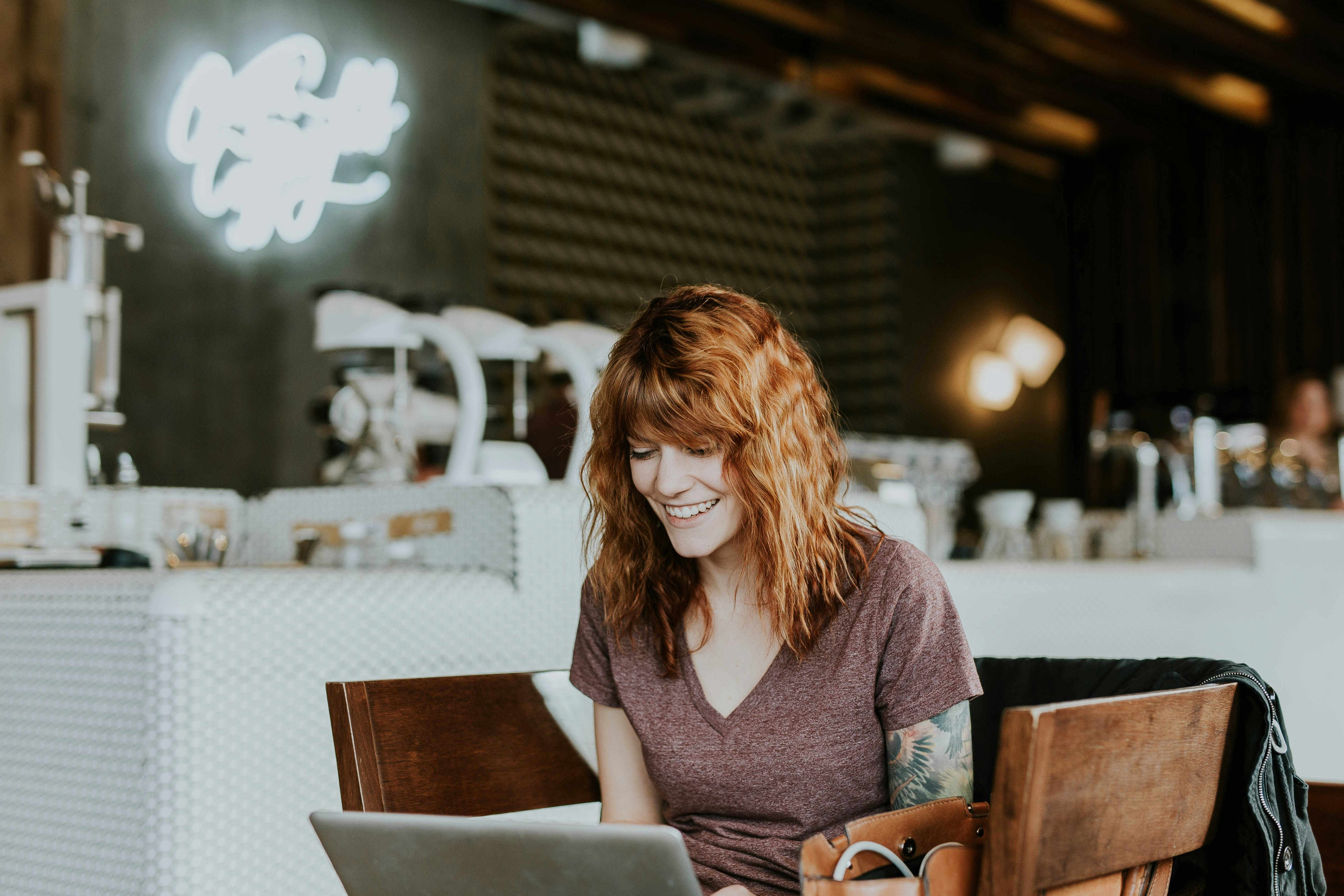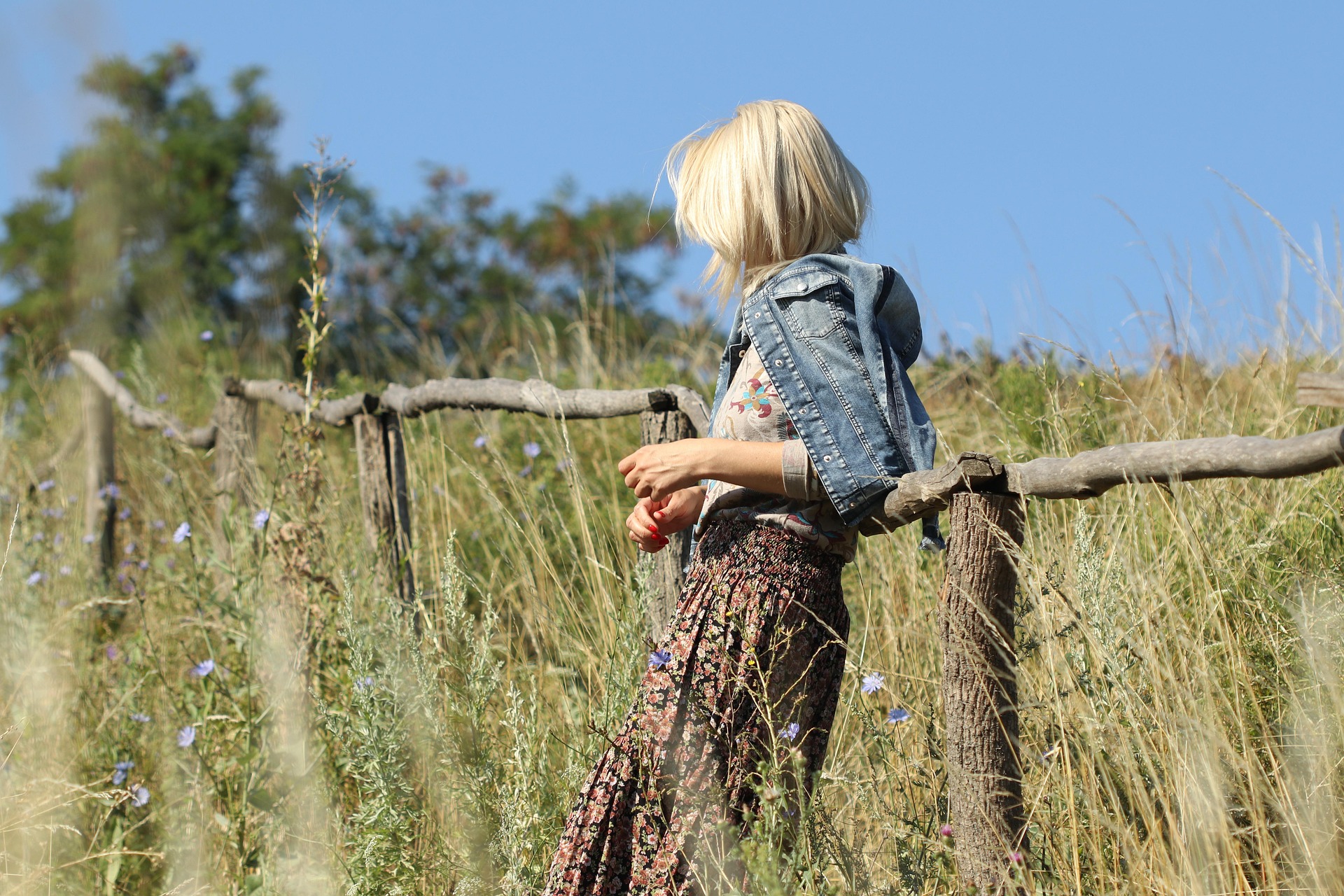Artificial Intelligence: The Unseen Muse in Contemporary Art
Can artificial intelligence (AI) be creative? This question has sparked heated debates in the realm of arts and entertainment. As AI's role in our lives continues to expand, its influence on art is becoming increasingly hard to ignore. Read below to dive deep into the fascinating intersection of AI and art.

AI as the Artist’s Tool
Artists have always sought out new tools to push the boundaries of their work. From the humble paintbrush to sophisticated digital design software, each tool has expanded the artist’s canvas in unique ways. Today, AI is the latest tool in the artist’s arsenal. AI-powered software can generate stunning visuals, create music, and even write poetry. Artists can use these tools to augment their creativity, producing work that would have been unimaginable just a few years ago.
The AI Artist
AI is not just a tool; it can also be the artist. AIs have been programmed to create original works of art. These AI artists use algorithms to analyze existing works of art and generate new pieces based on patterns and styles they’ve learned. Their creations have sold for thousands of dollars at major auction houses, raising questions about what it means to be an artist and who should get credit for AI-generated art.
AI in Art Curation and Discovery
AI is also transforming art curation and discovery. Algorithms can analyze vast collections of artworks and identify patterns, themes, and connections that might be missed by human curators. They can also suggest artworks to viewers based on their previous likes and dislikes, much like Netflix recommends movies. This personalization can make art more accessible and engaging for a wider audience.
The Ethical Implications
The rise of AI in art also raises a host of ethical implications. What happens when an AI creates a work of art that infringes on someone else’s copyright? Who is responsible if an AI-generated artwork is offensive or harmful? And as AI becomes more sophisticated, could it eventually replace human artists and curators altogether?
The Future of AI and Art
Despite these challenges, the potential of AI in art is vast. As AI continues to evolve, we can expect to see even more innovative and thought-provoking works of art. And as we grapple with the ethical issues, we’ll also be forced to reconsider our definitions of art, creativity, and the role of the artist.
Useful Tips and Facts: - AI can analyze and learn from vast quantities of art, allowing it to generate original works in a fraction of the time it would take a human artist. - The first AI-generated artwork sold at Christie’s auction house fetched a staggering $432,500. - AI can help democratize art by making it more accessible and personalized.
Conclusion: The intersection of AI and art is a fascinating and complex space, ripe for exploration. As AI continues to evolve and mature, its role in the art world will undoubtedly continue to grow. And as we navigate these uncharted waters, we’ll be forced to reassess our understanding of art, creativity, and the very nature of the artist.




